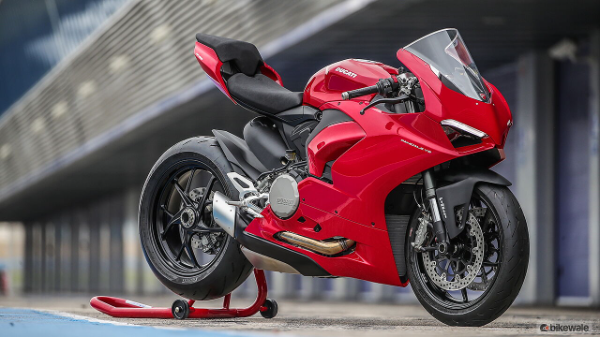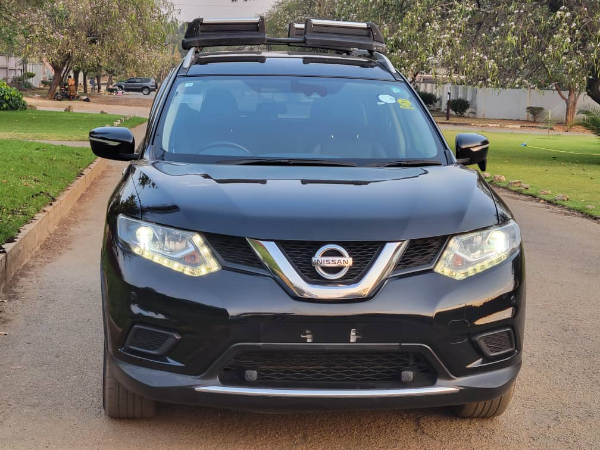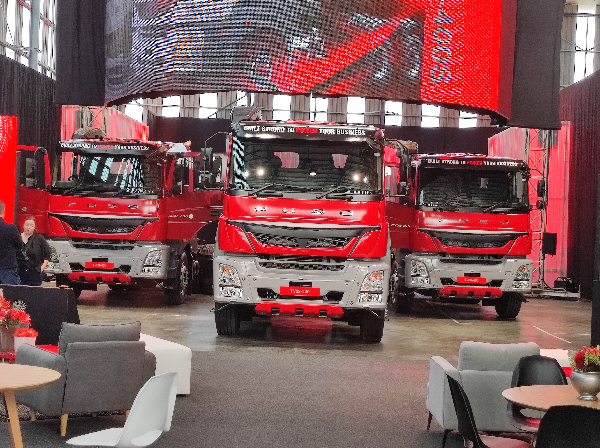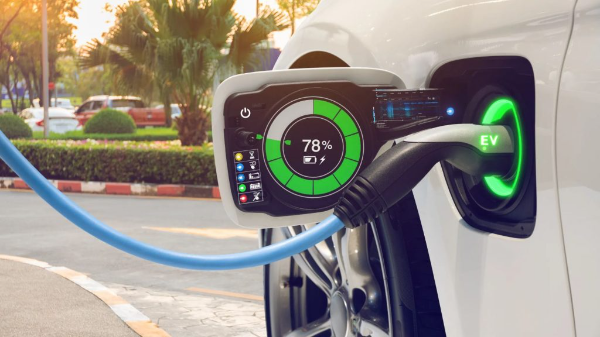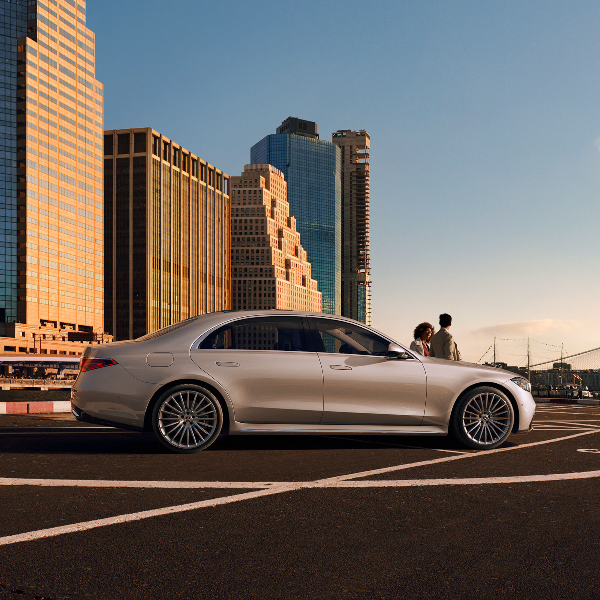How to find the Best Compact SUV
DRIVEtorque spends weeks comparing vehicles in the best way anyone can actually evaluate competitors: back to back. That is how you must do it too. We take each car on identical routes to uncover the little idiosyncrasies that can sometimes determine the difference between a winner and a loser.
Our teams’ opinions account for a large portion of determining a contestant’s score. Although depending on the class, we also include objective scoring in the form of car-seat fitment, cargo room, safety features and driver-assistance technology. Below is how we score contenders in our Compact SUV Challenge. Each vehicle is evaluated as equipped and priced; our results cannot however represent model lineups as a whole.
Subjective Scoring Categories
Front Seats
Legroom, headroom and knee room are all considered when determining front-seat comfort. So issues of whether the cushioning is comfortable and if the seat can be adjusted easily and appropriately. Features we look for include heated, ventilated or massaging seats, a heated steering wheel, and the extent of controls and memory functions for both sides.
Rear Seats
Along with dimensions, second-row (and third-row, in the case of the Outlander) comfort is determined by cushioning, support and whether there is a large center floor hump that could crowd foot room, as well as whether it is easy to get in and out of the vehicle . Backseat feature considerations include whether the seats recline or slide, fold flat and if they have adjustable air vents, cupholders, sunshades, a center armrest, storage, rear climate controls, and heated or ventilated rear seats.
Vehicle User Interface
This category covers the many ways a driver controls the vehicle — beyond the steering wheel and pedals. What we used to call a “multimedia” system now frequently takes on some responsibility for controlling vehicle features that have nothing to do with audio and smartphones. We now avoid categorizing the touchscreen that way. We consider ease of use for all controls — how logically grouped, visible and reachable they are. We also scrutinize the size and usability of touchscreens and their menus and navigation, head-up displays and virtual gauges, including display quality, responsiveness, supporting controls and how drivers configure and interact with these various systems, be it buttons on the steering wheel, dashboard or center console, or via voice control.
Media and Connectivity
In this category, we account for the different types of media supported, from CDs and Bluetooth to built-in streaming audio services, as well as video capabilities, front and rear. We note the presence or absence of wired or wireless Apple CarPlay, Android Auto, Amazon Alexa and similar systems, and how well they are integrated and function. We also judge based on the inclusion of Wi-Fi, near-field communication and wireless smartphone charging, and record the number of USB ports and 120-volt household-style outlets.
Interior Quality
Interior quality considerations include whether the vehicle seems appropriately appointed, rating the appearance and feel of the surfaces, and overall craftsmanship. We note if the materials are well made and authentic or a cheap imitation. Another consideration is whether the quality drops from the front to rear seats.
In-Cabin Storage
As the size of our smartphones and other mobile devices grow and vary, it is important to have the space to accommodate the gadgets. We evaluate those and other storage options in the cabin, including open and covered storage, and if there are enough cupholders, door pockets, seatback pockets, a sunglasses holder and other storage areas where occupants sit.
Visibility
Considerations for visibility include whether roof pillars or low roofs obstruct forward visibility, as well as if there are large blind spots to the side or rear. We look for features that can improve visibility, such as large side mirrors, rear head restraints that flip down, manual or remote flip-downs, and a full-time rearview camera mirror. We will consider backup camera quality, but backup camera features like 360-degree views or moving guidelines are usually considered for our safety feature scoring.
Powertrain
The powertrain score always reflects how well the engine and transmission work together. We look for whether there is enough acceleration from a stop or for passing. We evaluate whether the transmission upshifts smoothly or downshifts without too much delay, and whether the engine is smooth and refined or rough and unsophisticated. We also gauge each contestant’s acceleration versus the others.
Our measured testing of 0-100kmh used a Racelogic Vbox II GPS data logger is for data acquisition. The numbers themselves do not add any points to scoring. Our acceleration procedure is simply to mash the accelerator from a stop in a car’s default driving mode; we do not build engine speed up against the brakes for quicker starts.
Braking
Though we perform no formal stopping-distance tests, we rate how strong and confidence-inspiring the brakes feel, how much pedal pressure is required and how linear the braking force is. Vehicles with mushy pedal feel or braking that is hard to modulate are scored lower.
Ride Quality
Considerations for ride quality include how it contributes to the vehicle’s comfort level. We evaluated whether the ride is too firm, too soft, if it feels controlled over bumps and if it is stable on rough roads.
Handling
DRIVEtorque drives each car on the same route to determine how well each car turns the corners, determining if it rolls (i.e., leans) as well as whether it feels planted and confident or uneasy, requiring too much effort to drive cleanly through as it turns. Steering and all-wheel-drive execution also play a part.
Noise
We gauge how much wind, road, engine and external noise enter the cabin during all circumstances, including highway driving and acceleration.
As-Tested Value
DRIVEtorque determines if each test vehicle is worth the retail price as equipped. Considerations apart from the other categories scored include warranties, fuel economy, all-wheel drive, sunroof, free maintenance, and standard and optional features not otherwise accounted for.
Objective Scoring Categories
Safety Features
The safety component is scored by the number and complexity of safety features equipped on the test vehicle. These include forward collision warning, forward automatic emergency braking (low versus high speed), reverse automatic emergency braking, lane departure warning (with steering or braking assist), blind spot warning, dynamic lines for the backup camera, 360-degree camera systems, rear cross-traffic detection, parking sensors, automatic high beams and adaptive, pivoting headlights.
Driver-Assistance Tech
It is now the norm to have semi-autonomous technology available in even the most affordable class of modern cars. We give points for lane-centering steering, whether it works at high or low speeds, and whether it allows you to drive hands-free (few do). Adaptive cruise control points increase when there is low- and high-speed operation, as well as if the car can hold itself at a complete stop (some brakes release after a short time versus holding the car indefinitely).
Cargo Volume and Provisions
We have reported before on how provided cargo specs can lie and how cargo storage is much more than a cubic footage number. When judging cargo room, we conduct our own measurements and also consider how usable the space is. We check how easy it is to load and retrieve objects. We investigate if there is usable underfloor space and if the shape of the vehicle or angle of its liftgate limits utility. We account for associated features, such as whether the backseat can slide forward and back and/or fold to extend the cargo space, if there is a power liftgate and cargo-area releases for the folding backseat.
Child-Safety Seats
DRIVEtorque also checks car seats for fitment of various child-safety seats in our test cars. We hope this will assist you as you walk into that dealership looking for a compact SUV to buy.




